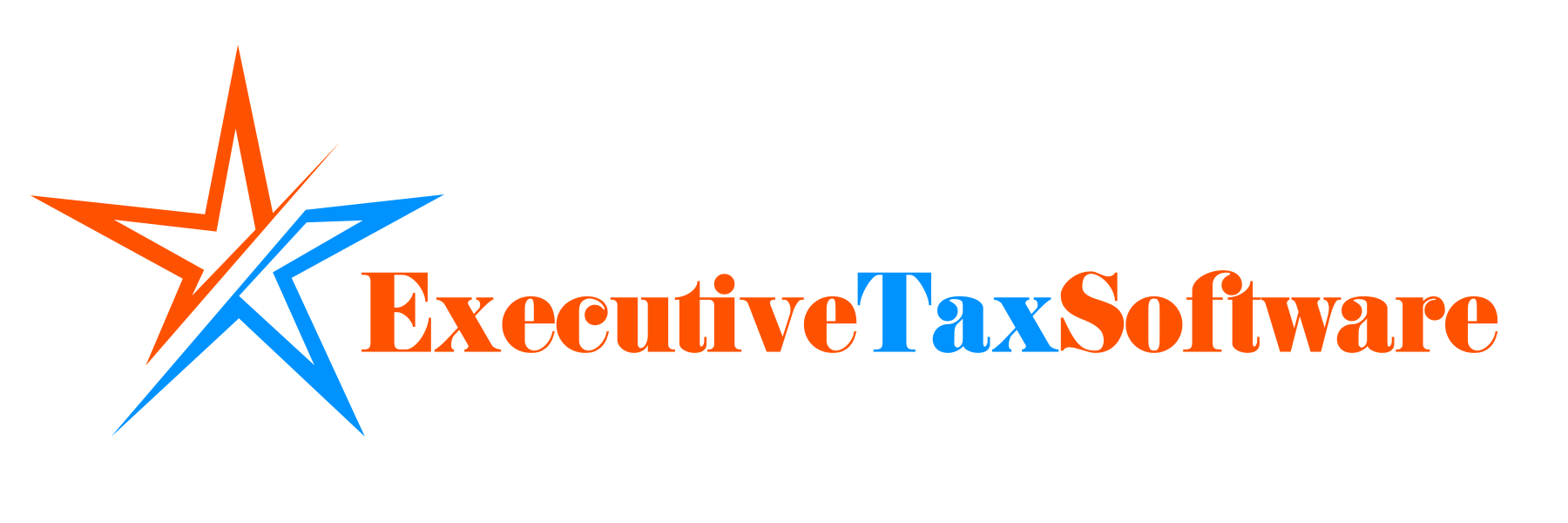Individuals, including sole proprietors, partners and S corporation shareholders, may need to pay quarterly installments of estimated tax unless they owe less than $1,000 when they file their tax return or they had no tax liability in the prior year (subject to certain conditions).
Other taxpayers who may need to make estimated payments include someone who:
- has more than one job but doesn’t have each employer withhold taxes.
- is self-employed.
- is an independent contractor.
- is a representative of a direct-sales or in-home-sales company.
- participates in sharing economy activities where they are not working as employees.
Taxes are pay-as-you-go
Because the U.S. tax system operates on a pay-as-you-go basis, taxpayers are required, by law, to pay most of their tax liability during the year. For 2018, this means that an estimated tax penalty will normally apply to any party that pays too little tax– generally less than 90 percent of the tax shown on the return for the current tax year or 100 percent of the tax shown on the return for the preceding tax year — during the year through withholding, estimated tax payments or a combination of the two.
In recent years, the IRS has seen an uptick in people subject to estimated tax penalties. These penalties normally apply when someone underpays their taxes. The number of people who paid this penalty jumped from 7.2 million in 2010 to 10 million in 2015, an increase of nearly 40 percent. The penalty amount varies, but can be several hundred dollars. There are special rules for farmers and fishermen. IRS Publication 505, Tax Withholding and Estimated Tax, has more on penalties for underpayment of tax.
Perform a paycheck checkup
The Tax Cuts and Jobs Act, enacted in December 2017, changed the way tax is calculated for most taxpayers, including those with income not subject to withholding.
The IRS urges all employees, including those with other sources of income, to perform a Paycheck Checkup due to these tax law changes. Doing so now while there is still time in 2018 will help avoid an unexpected year-end tax bill and possibly a penalty. A convenient way to do this is to use the Withholding Calculator on IRS.gov.
Employees who expect to receive long term capital gains or qualified dividends, or employees who owe self-employment tax, alternative minimum tax, or tax on unearned income of minors should use the instructions and worksheets in Publication 505to check whether they should change their withholding or pay estimated tax.
Form 1040-ES, Estimated Tax for Individuals, available on IRS.gov, is designed to help taxpayers figure these payments simply and accurately. The estimated tax package includes a quick rundown of key tax changes, income tax rate schedules for 2018 and a useful worksheet for figuring the right amount to pay. The IRS also mailed 1 million Form 1040-ES vouchers with instructions in late March to taxpayers who used this form last year.
How and when to pay
For tax-year 2018, estimated tax payment due dates are April 18, June 15, Sept. 17 and Jan. 15, 2019. Taxpayers in presidentially-declared disaster areas may have more time to make these payments without penalty. Visit the Tax Relief in Disaster Situations page for details.
The fastest and easiest way to make estimated tax payments is to do so electronically using IRS Direct Pay or the Treasury Department’s Electronic Federal Tax Payment System (EFTPS). For information on other payment options, visit IRS.gov/payments. For filers paying by check, the check must be made payable to the “United States Treasury.”
More information about tax withholding and estimated tax can be found on the agency’s Pay As You Go web page as well as in Publication 505, Tax Withholding and Estimated Tax. Publication 505 has additional details, including worksheets and examples, which can help taxpayers determine whether they should pay estimated tax, such as those who have dividend or capital gain income, owe alternative minimum tax or have other special situations.



